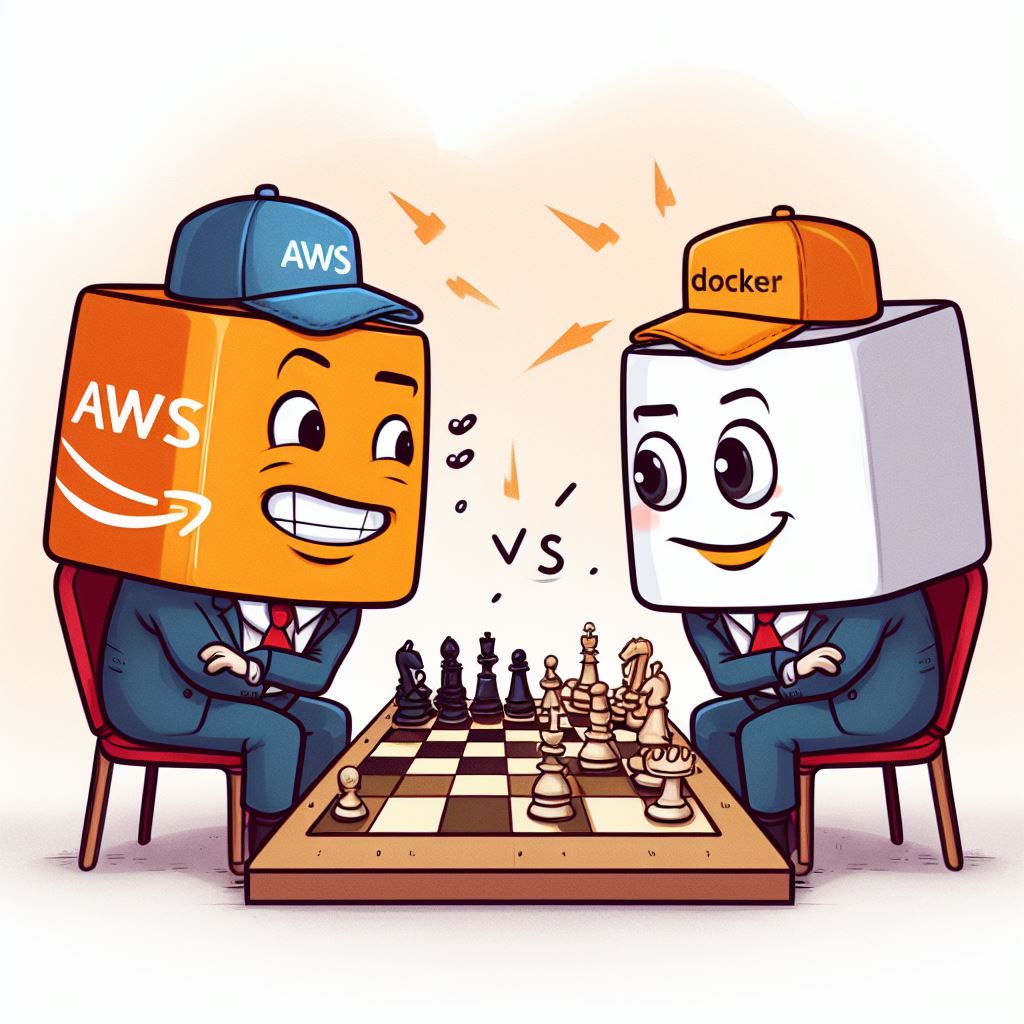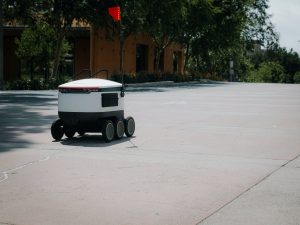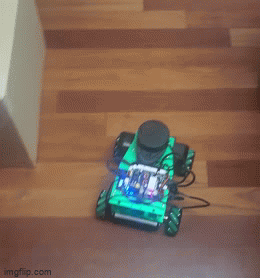What is AWS?
AWS stands for Amazon Web Services, which is a subsidiary of Amazon.com and one of the world’s leading cloud computing platforms. AWS provides a wide range of cloud services, including computing power, storage, database management, machine learning, analytics, content delivery, and more. These services are hosted in data centers located in various regions around the world.

AWS allows businesses, organizations, and individuals to access and utilize these cloud services on a pay-as-you-go basis, which means they can scale their infrastructure and services as needed without the need to invest in and maintain physical hardware. Some of the core services and features offered by AWS include:
- Amazon EC2 (Elastic Compute Cloud): Provides scalable virtual servers (known as instances) that can be used to run applications and services.
- Amazon S3 (Simple Storage Service): A scalable object storage service for data storage, backup, and retrieval.
- Amazon RDS (Relational Database Service): Managed database services for various database engines, such as MySQL, PostgreSQL, and others.
- AWS Lambda: A serverless compute service that allows you to run code in response to events without provisioning or managing servers.
- Amazon Elastic Beanstalk: A Platform-as-a-Service (PaaS) offering that simplifies the deployment and management of web applications.
- Amazon SNS (Simple Notification Service) and Amazon SQS (Simple Queue Service): Messaging and queue services for building distributed and decoupled applications.
- Amazon Machine Learning and Amazon SageMaker: Services for machine learning and data science workloads.
- Amazon CloudFront: A content delivery network (CDN) service for distributing content globally.
- Amazon VPC (Virtual Private Cloud): Allows you to create isolated networks within the AWS cloud.
- AWS Identity and Access Management (IAM): Provides security and identity management for controlling access to AWS resources.
These are just a few examples of the many services AWS offers. AWS has a global network of data centers, making it possible to run applications and store data close to users in various regions, which helps improve performance and reduce latency. AWS is widely used by businesses of all sizes for a wide range of use cases, from hosting websites and mobile apps to running complex, high-performance computing tasks and data analysis.
Key Aspects of AWS:
- Infrastructure as a Service (IaaS): AWS provides virtualized computing resources, such as virtual machines (EC2), storage (S3), and databases (RDS), giving users the flexibility to configure and manage these resources as needed.
- Platform as a Service (PaaS): It also offers platform services like AWS Elastic Beanstalk, which simplifies application deployment and management.
- Serverless Computing: AWS Lambda allows users to run code without provisioning or managing servers. It is a key component of serverless architecture.
- Diverse Services: AWS has a vast catalog of services, covering areas like machine learning, IoT, security, content delivery, and more. Some well-known services include Amazon S3, Amazon EC2, Amazon RDS, Amazon DynamoDB, and Amazon VPC.
- Global Reach: AWS has data centers, referred to as Availability Zones, in multiple regions across the world, allowing users to host their applications and data close to their target audience.
- Scalability: Users can easily scale resources up or down based on demand, which is particularly valuable for businesses with varying workloads.
- Security and Compliance: AWS takes security seriously and provides tools and features to help users secure their applications and data. It also adheres to various compliance standards.
- Pay-as-You-Go Model: AWS follows a pay-as-you-go pricing model, where users only pay for the resources they use, making it cost-effective and scalable.
What is a Docker?
Docker is a platform and tool designed to make it easier to create, deploy, and run applications in containers. Containers are lightweight and portable units that encapsulate everything needed to run an application, including the code, runtime, system tools, and libraries. Docker is often used for containerization, which is a technology that packages an application and its dependencies together into a single container image, ensuring that it runs consistently in any environment.
Key Aspects and features of Docker:

- Containerization: Docker allows you to package an application and its dependencies into a container image. This image is a standalone and executable package that includes the application code, runtime, system libraries, and configurations.
- Isolation: Containers provide process and resource isolation, allowing multiple containers to run on the same host without interfering with each other. This isolation helps ensure that applications remain consistent and don’t have conflicting dependencies.
- Portability: Docker containers are highly portable and can be run on any system that supports Docker. This portability makes it easy to move applications between different environments, from development to testing and production.
- Efficiency: Containers are more efficient than traditional virtual machines because they share the host operating system’s kernel. This results in lower overhead and faster startup times.
- Version Control: Docker images can be versioned and managed in a container registry, such as Docker Hub or Amazon ECR. This facilitates collaboration and ensures that the right versions of applications are deployed.
- Orchestration: Docker can be used with orchestration tools like Docker Swarm, Kubernetes, and Amazon ECS to automate container deployment, scaling, load balancing, and management.
- DevOps Integration: Docker is widely used in DevOps practices, enabling consistent development, testing, and deployment environments. It helps bridge the gap between development and operations teams.
- Microservices: Docker is often used in microservices architecture, where applications are broken down into smaller, modular components that can be deployed as containers.
- Security: Docker provides security features, such as container isolation, user namespaces, and container image scanning, to enhance the security of applications running in containers.
Docker has become a popular technology for building and deploying applications, especially in cloud and container orchestration platforms. It has revolutionized the way applications are developed and deployed by offering a consistent and efficient way to manage software and its dependencies across different environments.
Docker and AWS

| Aspect | Docker | AWS (Amazon Web Services) |
|---|---|---|
| Containerization | Benefits: – Lightweight and efficient. – Portability and consistency. – Easier application packaging. – Fast startup times. – Process and resource isolation. Disadvantages: – Containers share the host OS kernel, limiting compatibility. – Learning curve for containerization concepts. – Potential security challenges if not configured properly. | Benefits: – Wide range of cloud services. – Global data center infrastructure. – High availability and scalability. – Managed services for various use cases. – Strong security and compliance capabilities. Disadvantages: – Can be complex and costly for some use cases. – Vendor lock-in concerns. – Requires knowledge of AWS services and configurations. |
| Use Cases | – Development and testing environments. – Microservices architecture. – Container orchestration with Kubernetes and Docker Swarm. – Local development and debugging. – Building and sharing software images. | – Cloud hosting and infrastructure services. – Scalable web applications and APIs. – Big data processing and analytics. – Machine learning and artificial intelligence. – Internet of Things (IoT) solutions. – Hybrid cloud deployments. |
| Popularity | – Popular among developers and DevOps teams. – Extensive Docker Hub registry with pre-built images. – Widely used in container orchestration (e.g., Kubernetes). | – One of the most popular cloud platforms globally. – Trusted by startups, enterprises, and governments. – Comprehensive ecosystem of AWS services and partners. |
| Software/Services | – Docker Engine: The core software for running containers. – Docker Compose: Defines and manages multi-container applications. – Kubernetes: Orchestration platform often used with Docker containers. – Docker Swarm: A built-in orchestration tool for Docker. – Many applications and services packaged in Docker containers. | – Amazon EC2: Virtual servers for various workloads. – Amazon S3: Object storage for data and backups. – Amazon RDS: Managed database services. – AWS Lambda: Serverless compute service. – Amazon EMR: Big data processing platform. – Many third-party applications hosted on AWS infrastructure. |
Docker and AWS are not mutually exclusive but can be used together. Developers often build containerized applications using Docker and then deploy them on AWS infrastructure. This combination leverages the benefits of both technologies.
In conclusion

In conclusion, we’ve explored two pivotal components in the realm of technology: Amazon Web Services (AWS) and Docker containers. We’ve scrutinized their distinctive traits, application scenarios, as well as their respective pros and cons.
No matter which of these technologies you opt for, or any other software-related quandaries you come across, rest assured that Nice Future Inc. remains committed to providing valuable support. Our mission is to share knowledge and technology to foster a brighter and more inventive future. As the technology landscape advances continually, we stand ready to offer guidance and solutions for your software and technological requirements. Together, we’ll forge a promising path into the technology-driven future. Stay tuned for our upcoming posts, and let’s collectively pave the way to an era filled with innovation and achievement. We’ll be back soon!
Subscribe to our newsletter!




